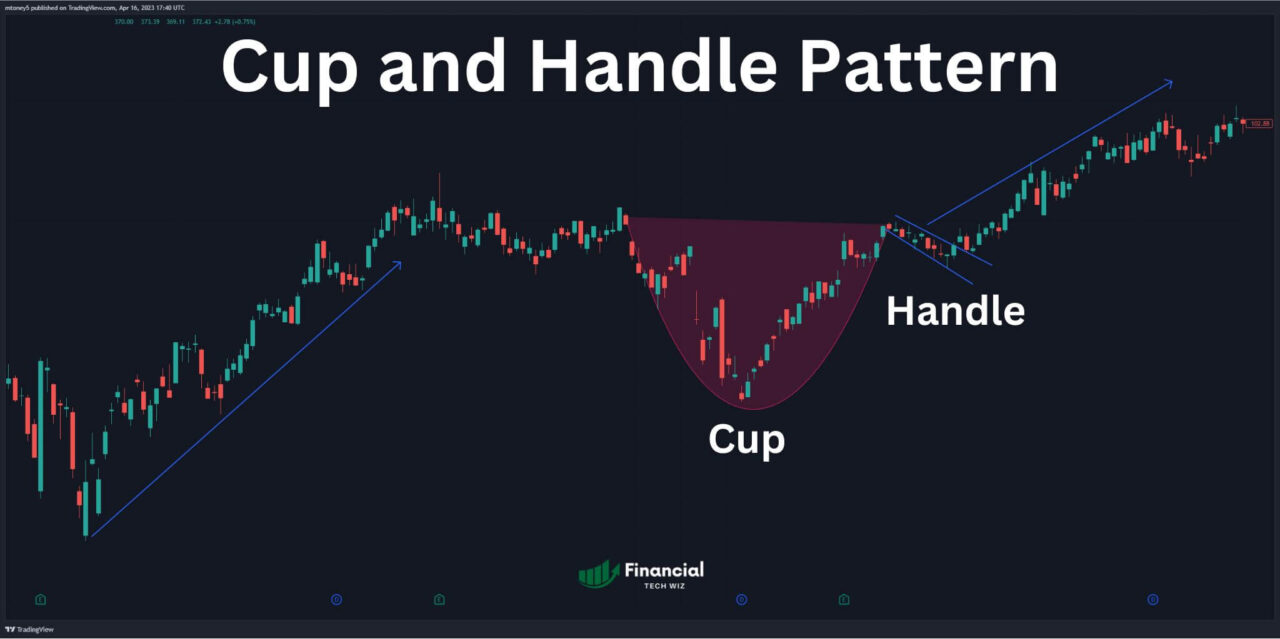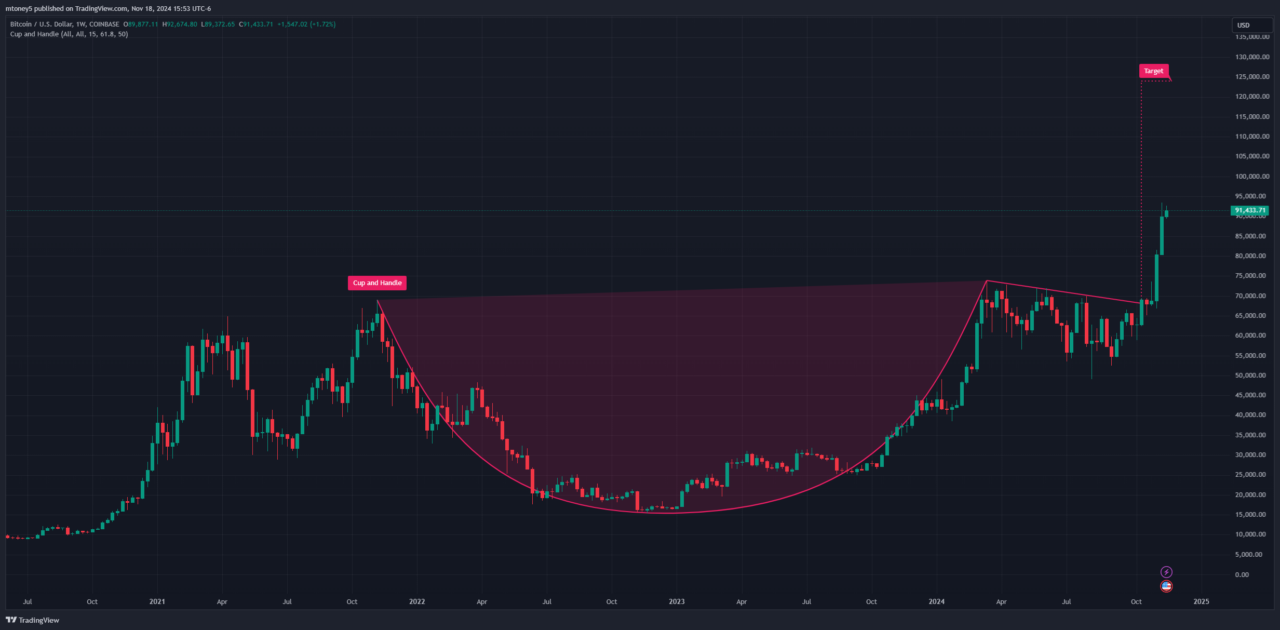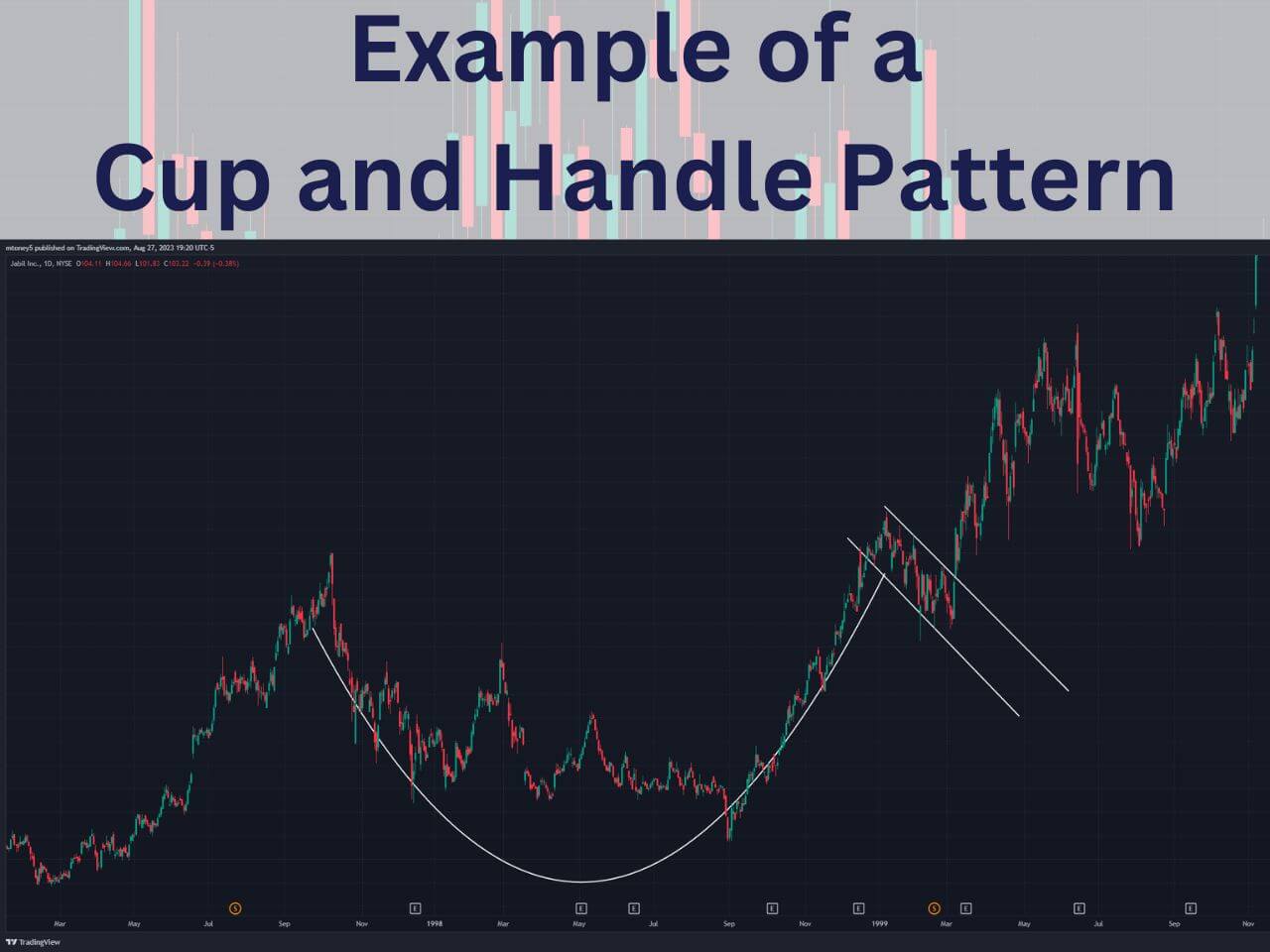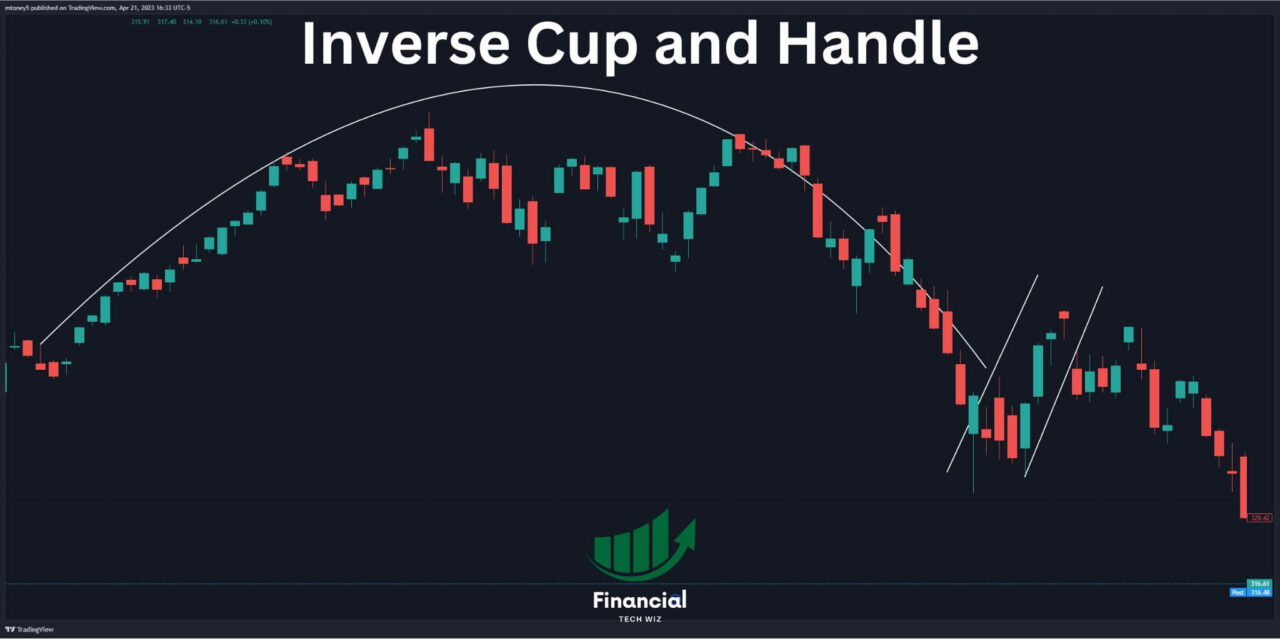Cup and Handle Pattern: How You Can Trade It
The cup and handle is a bullish candlestick pattern used by many professional traders, including Mark Minervini and William O’Neil. Minervini used this strategy to win multiple U.S. Investing Championships.
Let’s dive deeper into this technical pattern so you can learn how to implement it into your trading strategy.
The Origins of the Cup and Handle: O’Neil’s Legacy and Minervini’s VCP
The cup and handle pattern gained widespread recognition thanks to William O’Neil, a prominent trader and investor who introduced it to the world in his book “How to Make Money in Stocks.”
However, the pattern’s core idea resonates with another popular concept—the Volatility Contraction Pattern (VCP), introduced and popularized by Mark Minervini.
The VCP shares similarities with the cup and handle pattern, particularly the idea of consolidation followed by a breakout. Both patterns have become staples in the toolkit of successful traders, and Minervini’s trading strategy further complements the principles of the cup and handle.

Identifying The Cup and Handle Pattern
The best way to spot a cup and handle formation is to find a stock that was in an uptrend and is now consolidating. The cup and handle pattern is more likely to play out on longer timeframes, such as the daily or weekly candles.
You should also learn to identify each component of the cup and handle:
- The Cup: The cup is formed when you can draw a “u” on the chart, and the candles sit right on top, which resembles a teacup.
- The Handle: After the cup is formed, the price will undergo a slight pullback, starting the handle of the cup. The handle is a downward channel and is much smaller than the cup.
Spotting a cup and handle pattern is much easier when you have access to extensive charting platforms like TradingView. It has auto chart pattern recognition that can spot the patterns for you, like this example on the Bitcoin chart:

Spot cup and handle patterns with ease using TradingView’s automatic chart pattern recognition feature!
Start Charting with TradingView NOWIs the Cup and Handle Bullish or Bearish?
The cup and handle pattern is a bullish continuation pattern, indicating the likelihood of an upward price movement following a period of consolidation.
Traders look for this pattern as a signal to enter long positions in anticipation of the breakout. While the standard pattern is bullish, an inverted cup and handle pattern is bearish.
How to Trade the Cup and Handle Pattern
The proper time to enter a trade based on the cup and handle is when the price breaks out over the handle. Once in the trade, you want to figure out where to set stop-loss and take-profit orders.
When to Take Profit
The target for the cup and handle is the difference between the bottom of the cup and the breakout level. For example, if the distance between these two levels is $20, you will set a limit order to take profit when the stock increases 20 points above the handle.
Where to Set Your Stop
Depending on your risk tolerance, you can set a stop-loss below the cup or the handle. The pattern is no longer valid if the price fails to break below either.

The Stages of the Cup and Handle Summarized:
- The Breakout: The buy point occurs when the price breaks above the resistance level formed by the handle’s upper boundary. A strong breakout with increased volume is a positive sign.
- Price Targets: After the breakout, traders can estimate potential price targets by measuring the height of the cup and projecting it upward from the breakout point.
- Risk Management: Implementing stop-loss levels below the handle’s support or at a predetermined percentage is essential for managing risk.
Limitations of the Cup and Handle Pattern
Trading is never perfect, so you must understand the limitations of using technical patterns like the cup and handle. Examples of its limitations include:
- Irregular Formations: There are rarely “perfect” examples of a cup and handle, making each unique and challenging to spot. It takes experience to understand when technical patterns may not work out.
- False Breakouts: Price may break above the handle, come back down, and trigger your stop-loss order. You must monitor your position closely to avoid getting trapped in a false breakout.
- External Factors: The cup and handle is best when combined with fundamental factors such as good earnings and strong investor sentiment.
To mitigate these limitations, traders often combine the pattern with other technical indicators and tools for confirmation. Additionally, they pay close attention to trading volume during the breakout.
You can check out my detailed video explaining the cup and handle pattern below:
Cup and Handle vs. Inverse Cup and Handle
The Inverse Cup and Handle pattern serves as the bearish counterpart to the classic Cup and Handle pattern. While the Cup and Handle is known for its bullish continuation signal, the Inverse Cup and Handle points to a potential bearish reversal.

The key distinction lies in the pattern’s anatomy—while the Cup and Handle resembles a tea cup with a rounded bottom and upward handle, the Inverse Cup and Handle appears as an inverted tea cup with a rounded top and downward handle.
Both patterns offer traders valuable insights into potential breakouts, but their implications for market direction are inversely related.
Similarities with the Volatility Contraction Pattern
Both the cup and handle and the VCP indicate periods of consolidation followed by a breakout. The VCP emphasizes the contraction of volatility and decreasing trading ranges, leading to a decisive price move.
The Cup and Handle Pattern | Bottom Line
The cup and handle pattern has a high probability of playing out, especially when combined with fundamental factors. The pattern is trusted by professional traders and even helped Mark Minvervini win multiple U.S. Investing Championships.
If you want to learn how to trade stocks, you must have a reliable charting platform to spot technical formations with ease. TradingView is easily one of the best charting platforms available, and it is entirely free to use.
However, it does offer advanced indicators like the volume profile for a monthly payment. Feel free to check out TradingView’s pricing if you are serious about taking your trading to the next level.
FAQ – Cup and Handle Patterns
Is cup and handle a bullish pattern?
Yes, a cup and handle is a bullish continuation pattern that indicates a potential breakout to the upside after a period of consolidation.
Can a cup and handle be in a downtrend?
No, a cup and handle is not a valid pattern in a downtrend. It only forms after a strong drive up that pulls back and consolidates, creating the cup shape.
Is a reverse cup and handle pattern bullish or bearish?
A reverse cup and handle pattern is bearish and indicates a potential breakdown to the downside after a period of consolidation. It is the inverse of the cup and handle pattern and forms after a strong drive down that rallies and consolidates, creating the inverted cup shape.
What are the requirements for a cup and handle pattern?
According to William J. O’Neil, who defined the cup and handle pattern in his 1988 book How to Make Money in Stocks, there are some technical requirements for this pattern:
- Length: The cup should have a soft U-shape lasting between seven and 65 weeks. The handle should last between four days to four weeks.
- Depth: The cup should not retrace more than 33% of the prior advance. The handle should form in the upper half of the cup and not retrace more than 15% of the cup’s advance.
Can a cup and handle be bearish?
No, a cup and handle is not a bearish pattern. However, there is a bearish version of this pattern called the inverted cup and handle, which signals a potential reversal of an uptrend.
We also encourage you to explore the Volatility Contraction Pattern (VCP) and Mark Minervini’s trading strategy for a holistic understanding of patterns and trading principles.
As you continue to learn and practice technical analysis, the cup and handle pattern—along with other valuable patterns and strategies—will serve as your steadfast ally in the quest for trading success.
– Free trading journal template & cheat sheet PDFs
– Access our custom scanners and watchlists
– Access our free trading course and community!










